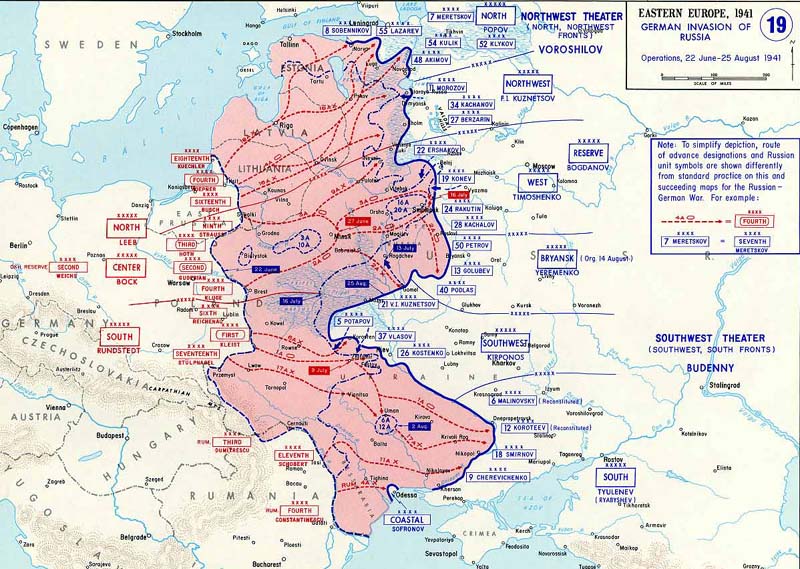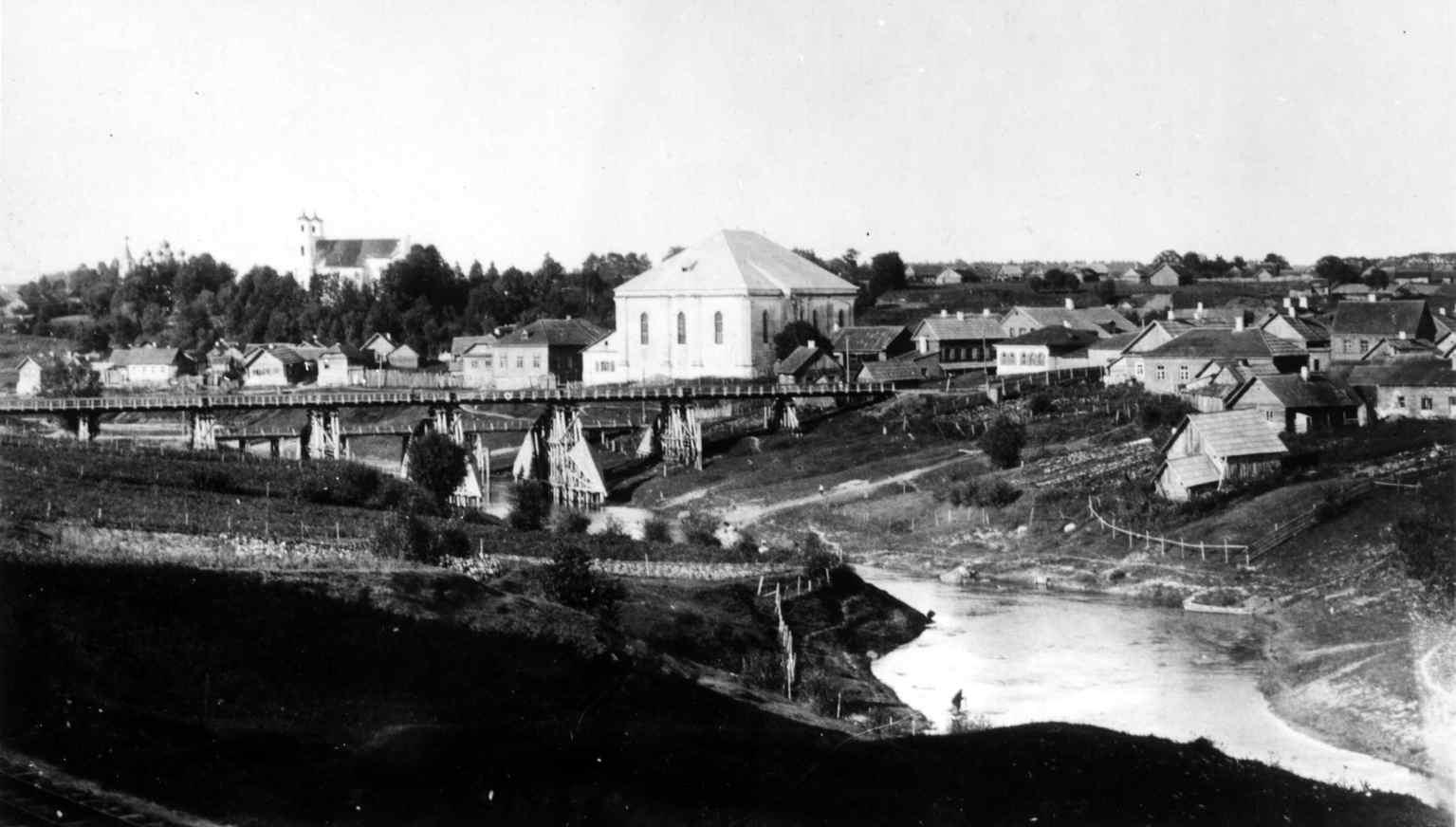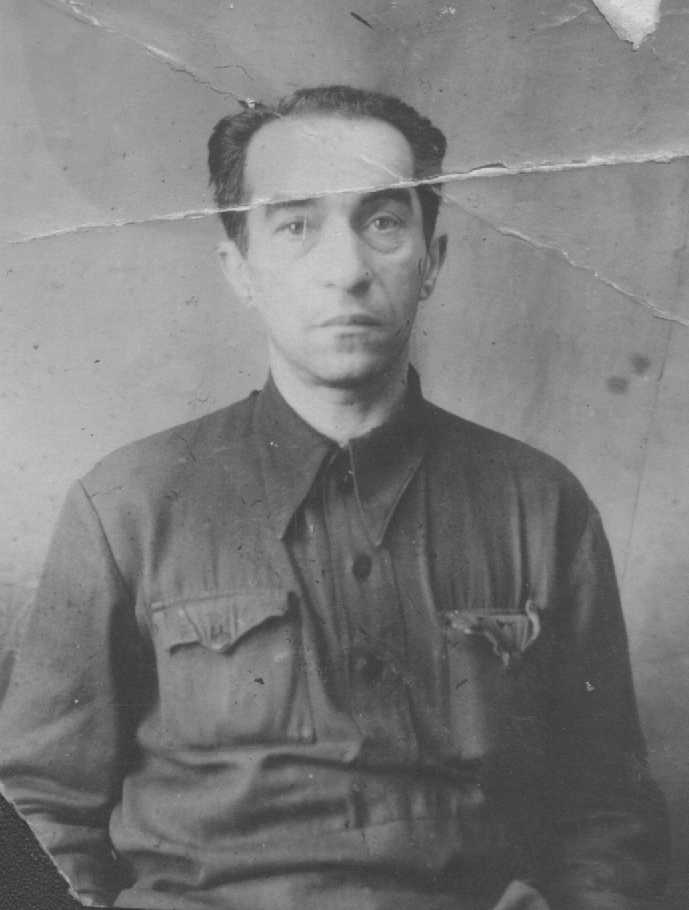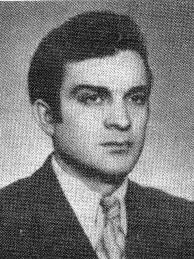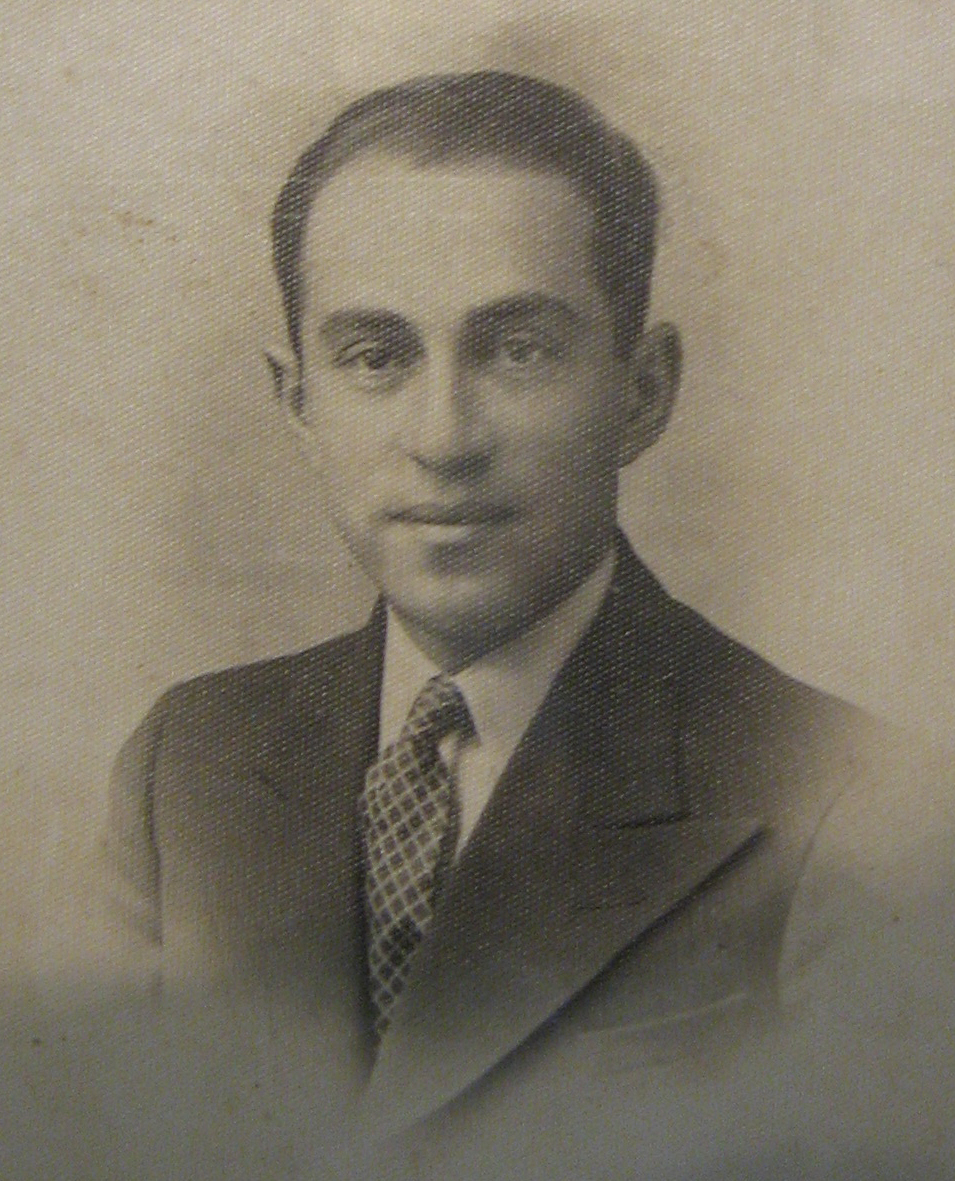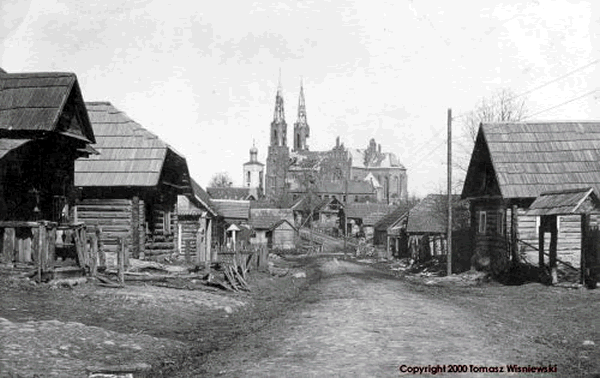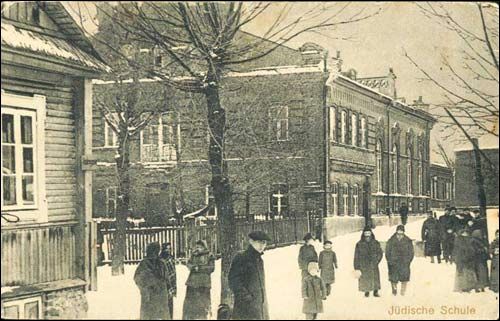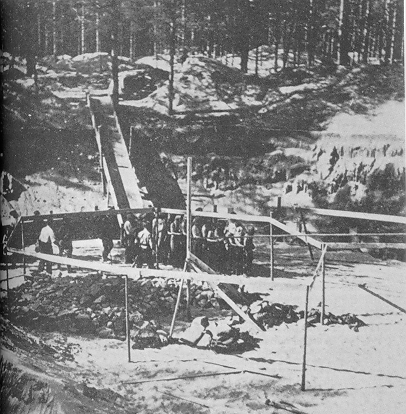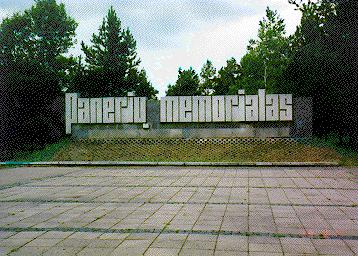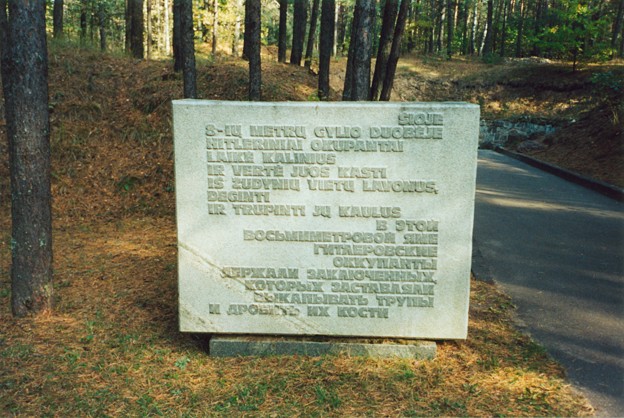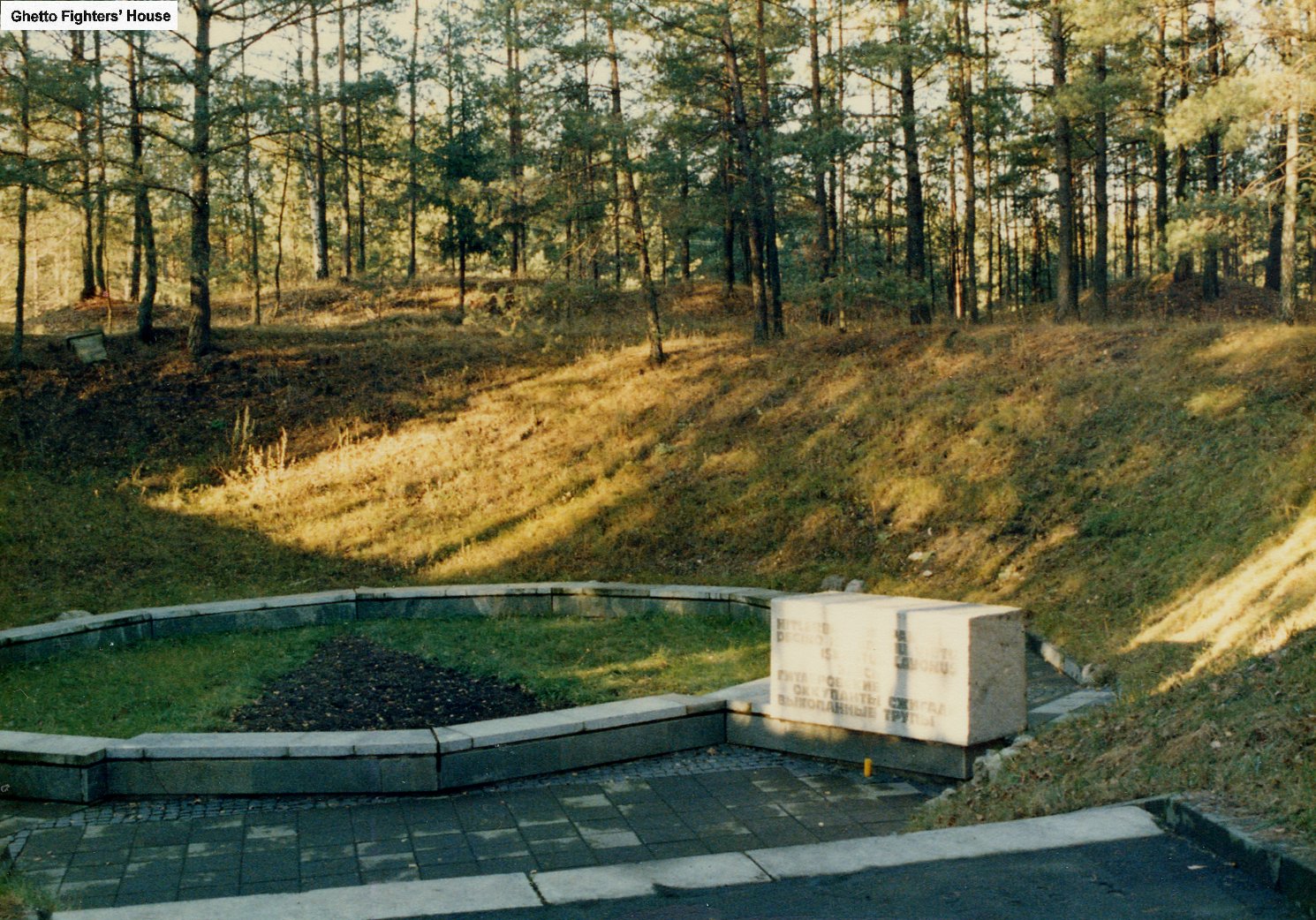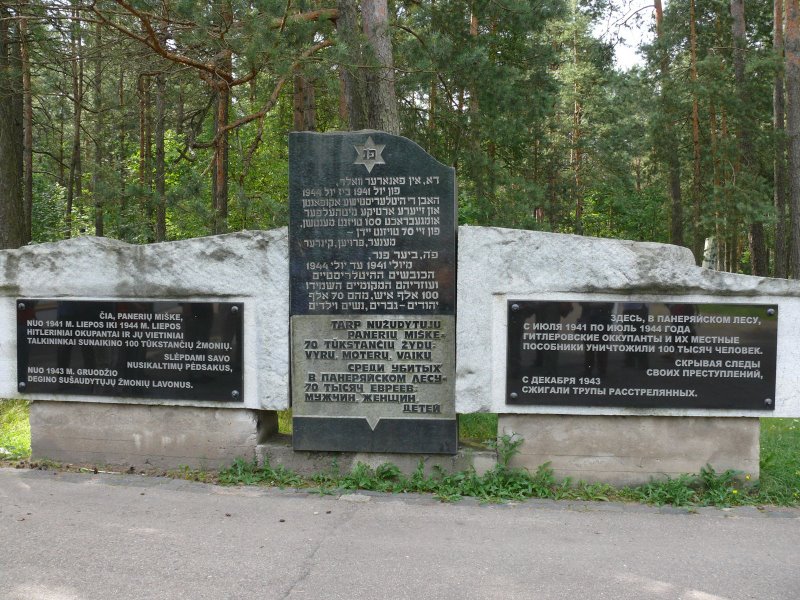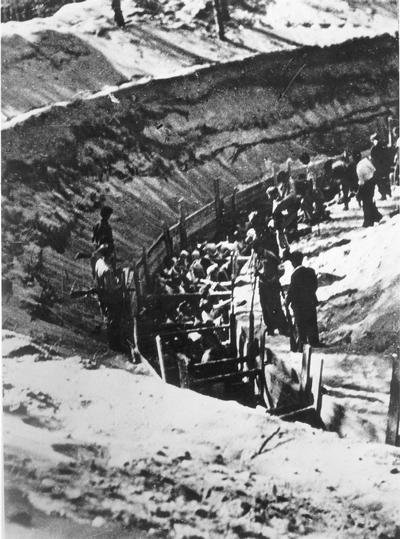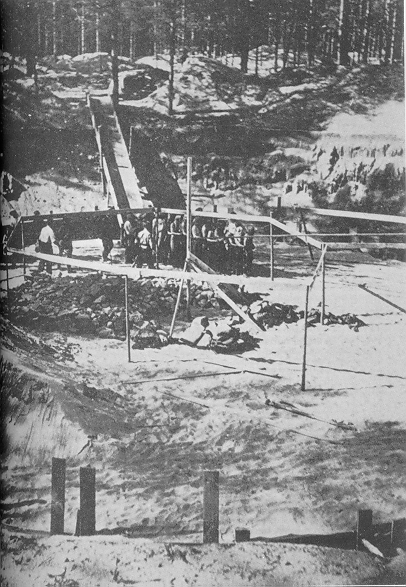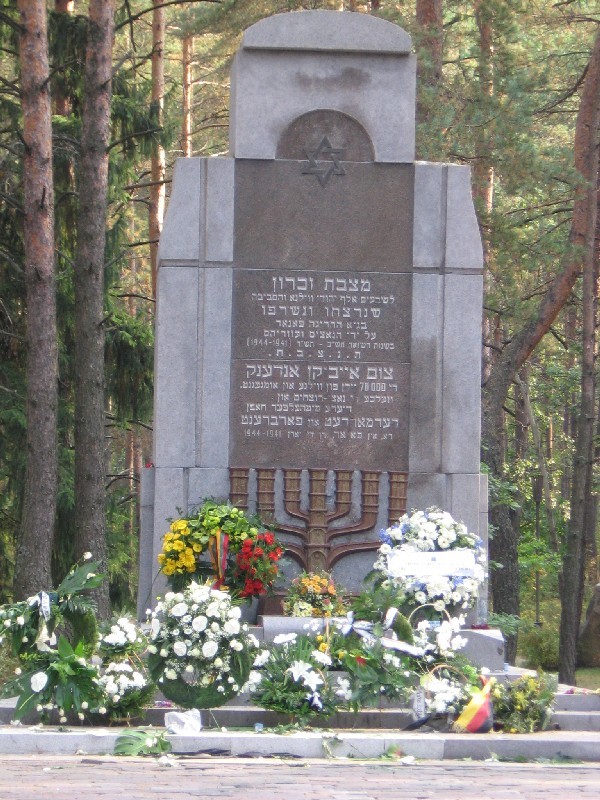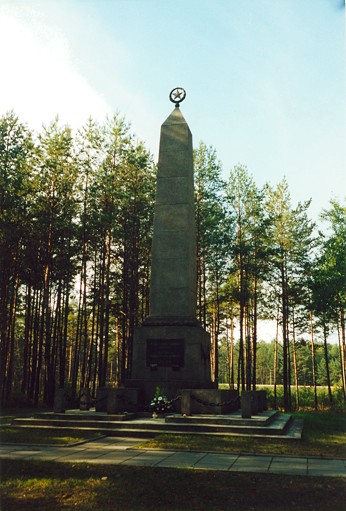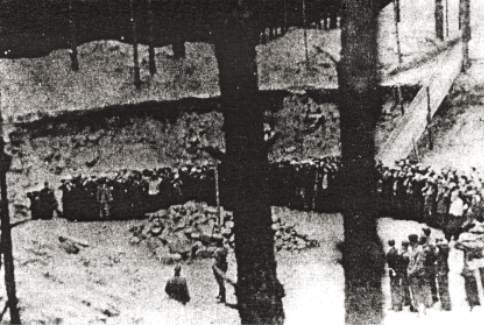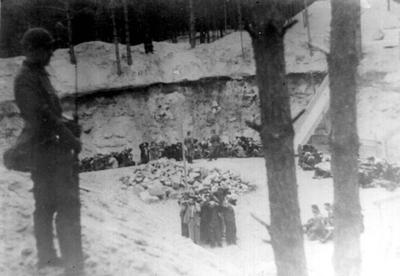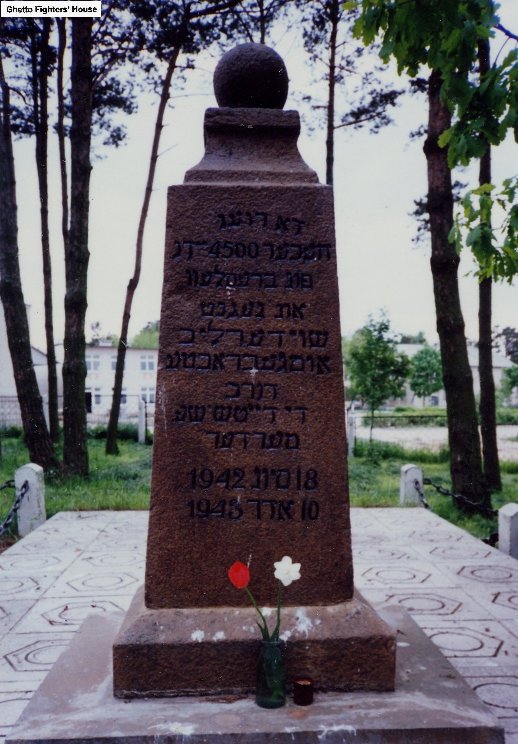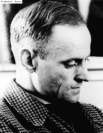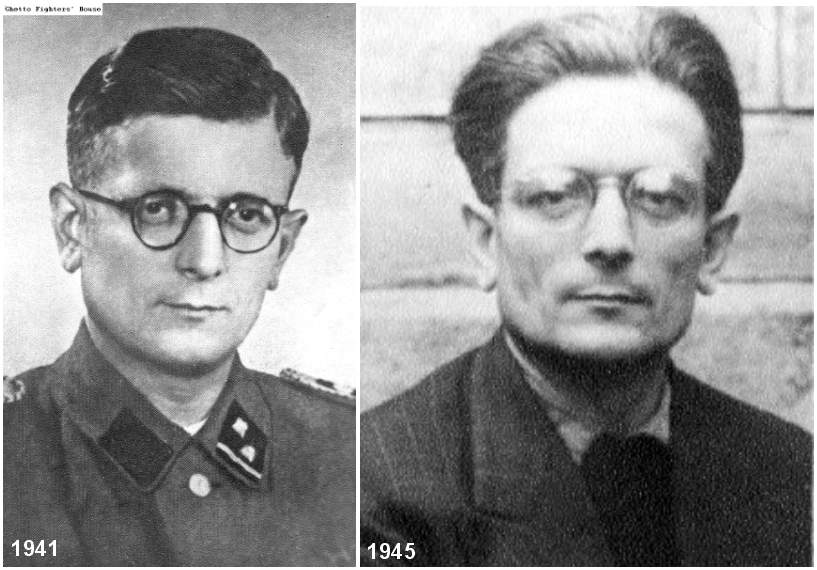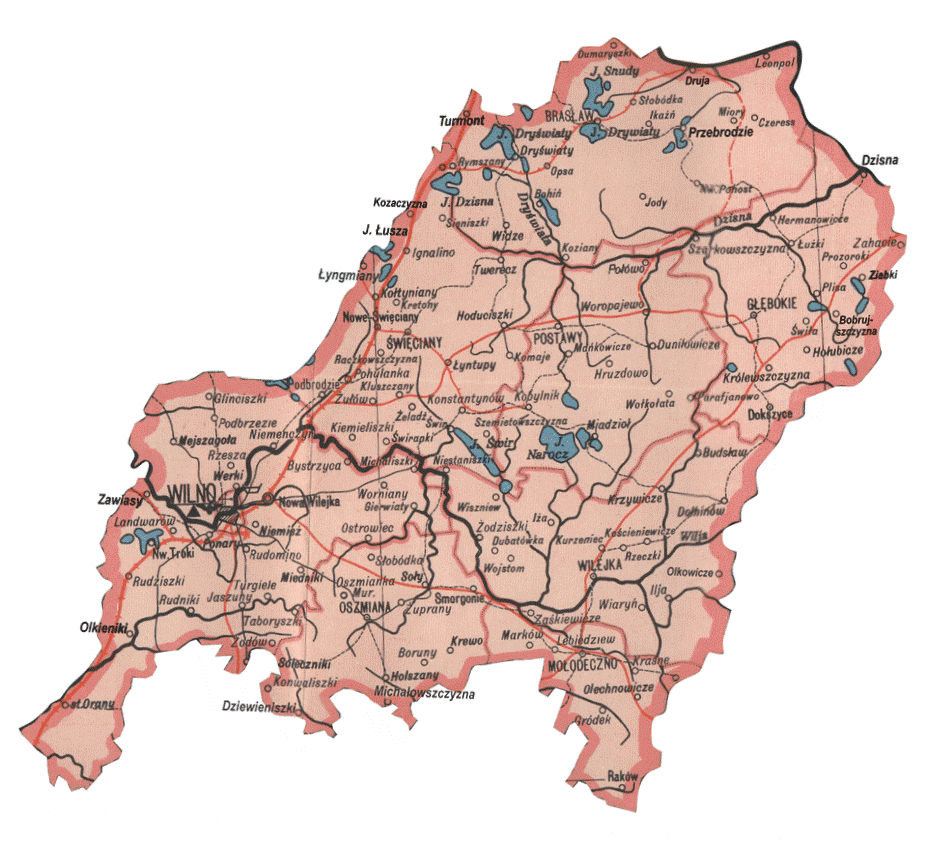

The Holocaust in Slobodka
55°41'N, 27°11'E
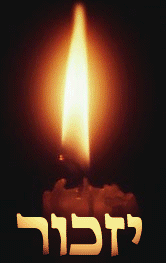
The Last Jews of Slobodka
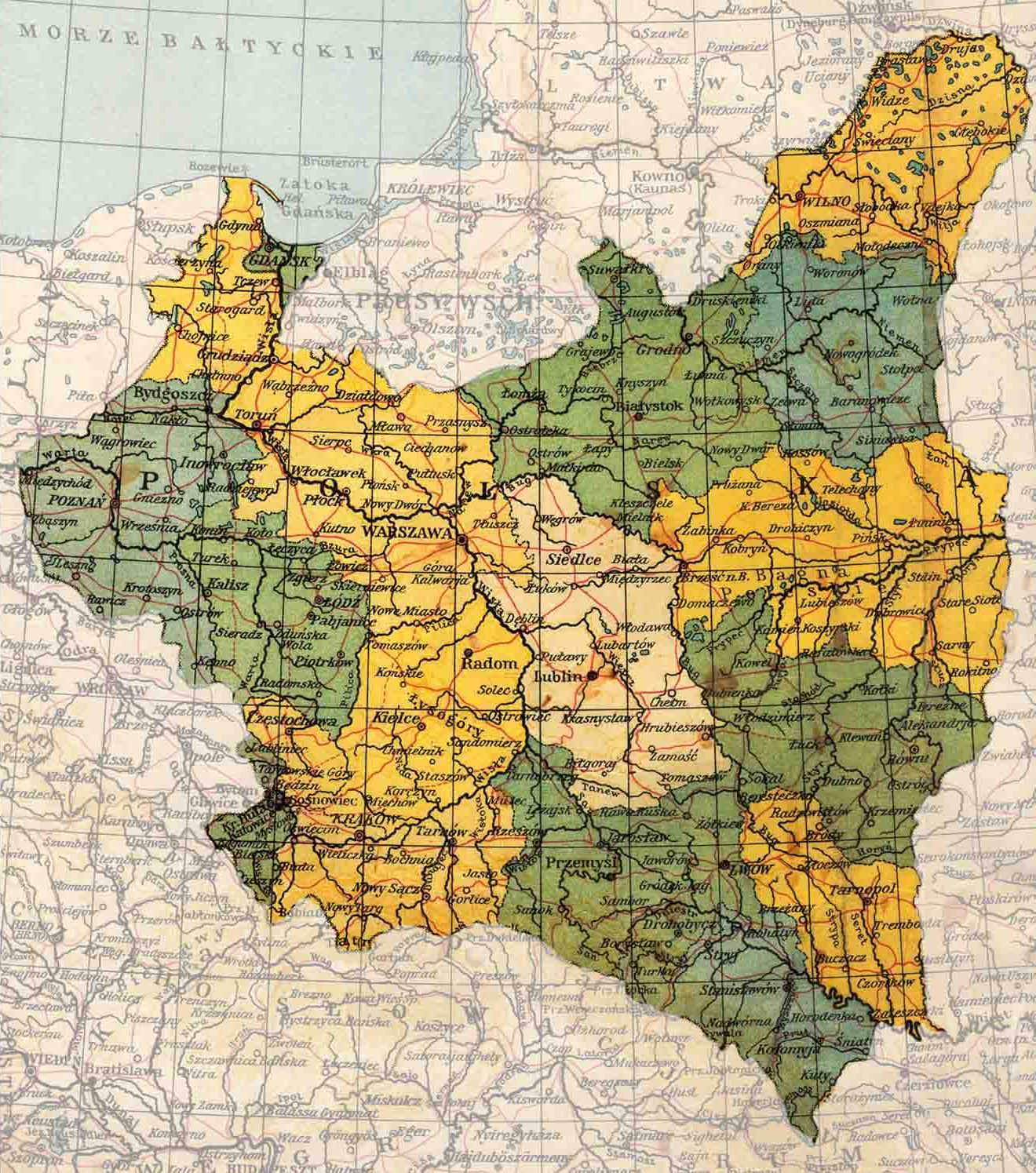
Warsaw
LITHUANIA
EASTERN PRUSSIA
Vilna
SWIECIANY
VIDZY
BRASLAV
SLOBODKA
Kovno
Memel
Danzig
DRUYA


When war exploded on the world in 1939, the Polish Border Protection Corps (Korpus Ochrony Pogranicza) abandoned Slobodka and some of the local Gentiles exploited the lack of law to spread anarchy and to loot Jewish property. Within two weeks the Soviets arrived, the Red Army occupied the Slobodka barracks and rule was restored and life returned initially to its regular routine, even though public religious life was restricted, businesses were nationalised and artisans were collected into cooperatives (Artel). Some were even exiled to Siberia, among them Szachno Zelikman. In this deceptive period of quiet, some local youth were appointed to clerical positions for the new regime while others left for educational opportunities elsewhere.
Pre-1939 Poland
CZECHOSLOVAKIA
GERMANY
USSR
Krakov
PONAR
VILNA
Map of Vilna Province - Sites of the Last Journey of the Jews of Slobodka
Lublin
Tranquility was shattered on the 22nd June 1941, with the opening of Operation Barbarossa. Immediately the Red Army withdrew from the Slobodka barracks, retreating together with Soviet officials. Polish nationalists took control of Slobodka and they welcomed the arrival of soldiers of the 16th Army of Army Group North under the command of Field-Marshall Ernst Busch a few days later. Over the days that followed the Jews locked themselves behind their doors until German rule was established and the first anti-Jewish edicts were announced - the yellow star, exclusion from employment, ransoms, forced labour - edicts backed by a constant threat to Jewish life. The Polish Militia was given the task to police Slobodka and to control its Jews. A local Judenrat was selected with Baruch Antin, a shop owner, as its chairman, but subordinate to the Judenrat in Braslav from where he received his orders. Jews of working age were mobilized for forced labour. Most of the men worked in the loading and unpacking of train wagons at the train station, while the women were employed to clean the barracks and wash the clothes for the Germans.
Operation Barbarossa - June 1941
The Synagogue in Druya and the Bridge Over the River Dvina
One incident stands out. One morning, a few trucks drove into Slobodka, accompanied by the Germans and their collaborators. On stopping they ordered a number of Jewish youths to mount the trucks. The group included Boris Berkman, Molke Gaskin, Shneor Bialik, Kanfer, Falke (Raphael) Zelikman and some boys from the Dagovitch family. They waited in the trucks for some time and were then driven to the famous 16th century synagogue of Druya where they found a further group of other youths from Drujsk. The synagogue looked like it was after a pogrom. Pieces of Torah scrolls and pages from religious books were strewn over the floor and none of the large Jewish community was around. (The Jews of Druya were murdered in July 1942, so this event probably took place after the massacre).
After a night spent in the synagogue, they were lined up and marched to the Dvina river. They were then instructed to dismantle a raft bridge over the river. The work was hard and continued unabated for two days till the bridge was removed. When the work was finished the Germans force marched the youths back to Slobodka, a distance of 25 kilometres. The families, who had feared for the lives of their sons, happily received them back.
After a night spent in the synagogue, they were lined up and marched to the Dvina river. They were then instructed to dismantle a raft bridge over the river. The work was hard and continued unabated for two days till the bridge was removed. When the work was finished the Germans force marched the youths back to Slobodka, a distance of 25 kilometres. The families, who had feared for the lives of their sons, happily received them back.
Szachno Zelikman
Boris Berkman
Falke (Raphael) Zelikman
The Expulsion from Slobodka to Vidzy and Braslav
In the winter of 1942 the Nazis announced that the Jews of Slobodka and Drujsk must leave their houses and must move to the city of Vidzy and to the Ghetto of Braslav. Sleighs driven by local peasants
In the winter of 1942 the Nazis announced that the Jews of Slobodka and Drujsk must leave their houses and must move to the city of Vidzy and to the Ghetto of Braslav. Sleighs driven by local peasants
arrived and Gentile neighbours gathered around, gleefully waiting the departure of the Jews and the opportunity to grab their property.
The ride to Vidzy passed through Braslav, where the Jews were locked in a Ghetto. The peasant drivers warned that pits had been dug behind Braslav ready for the Jews. Still some stopped in Braslav where they would share the fate of its Jews. Others, including Boris Berkman, used a moment when the guards were less attentive to jump from the sleigh and escape. Most however reached Vidzy, where they were housed in overcrowded conditions in the Synagogue and the Beth Midrash of the Ghetto together with other Jews who had been transferred from Drujsk, Dubinova and Plussy. The local Judenrat managed to organise work for most of the remaining Jews, especially to cut peat from the bogs near Opsa and in various workshops.
The ride to Vidzy passed through Braslav, where the Jews were locked in a Ghetto. The peasant drivers warned that pits had been dug behind Braslav ready for the Jews. Still some stopped in Braslav where they would share the fate of its Jews. Others, including Boris Berkman, used a moment when the guards were less attentive to jump from the sleigh and escape. Most however reached Vidzy, where they were housed in overcrowded conditions in the Synagogue and the Beth Midrash of the Ghetto together with other Jews who had been transferred from Drujsk, Dubinova and Plussy. The local Judenrat managed to organise work for most of the remaining Jews, especially to cut peat from the bogs near Opsa and in various workshops.
The End Game
Shortly the Ghetto was surrounded by Lithuanian collaborators belonging to the 'ypatingasis burys' death squads who were responsible for most of the executions of Jews in the Vilna area. Those deemed useful for work were distributed to work camps in Estonia and Latvia. Most of the 1300 surviving Jews in Vidzy were transferred to the small Ghetto in Swieciany (Svintsyan, Svencionys), where they were crowded into local community buildings together with other Jews from some twenty communities.
The lack of food and poor sanitary conditions led to the outbreak of typhus which took many. In March 1943 SS-Sturmbannfuhrer Horst Wulff, the Nazi Gebeitskommissar of Wilna-Land (the district surrounding the city), decided to clear all the remaining Ghettos in the Belarusian-Latvian border lands, ostensibly due to acute rise in Partisan activity in the area fueled by escapees from the ghettos. The head of the Vilna Judenrat, Jacob Gens, was brought to Sweiciany to inform the Jews that those with useful professions for the Germans were to be moved to Vilna, while the others were be transported to Kovno. Salek Dessler, the commander of the Vilna Jewish Police, arrived in the Ghetto to arrange the transfer. Still panic spread through the community as everybody understood from previous experience that it was important to be included among the group considered 'useful'.
On the 4th April all the Jews gathered at the station in Nowo-Sweiciany and boarded the freight wagonsunder the guard of the Vilna Jewish Police. Gens realising too late that the operation was a Nazi charade, arranged for five hundred Jews, including the families of the Sweiciany Judenrat, were dropped off in Vilna. The remaining wagons were detained at the station while the Nazis were busy murdering the Jews from the Ghetto of Sol. The following day the Gestapo and Lithuanian police took control of the train and detoured from the route to Kovno to Ponar, the mass murder site of the Jews of the Ghetto Vilna. On arrival at Ponar the Jews realised that they had been tricked. They burst from the locked cars and a mass breakout ensued. Six hundred Jews were slain from indiscriminate fire to control the flight with bodies littering the depot and the surrounding fields. Some resisted and a number of Germans and Lithuanian collaborators were also killed. The majority were captured and led to the Ponar death pits where the Jews of Sweiciany, Vidzy, Drujsk and Slobodka were murdered by the Lithuanian Police volunteers of 'ypagtinga burys' death squads led by Lt. Balys Norvaisca and Lt. Balys Lukoschos under command of SS-Hauptsturmfuhrer Martin Weiss from Gestapo Department 4 of the Security Police (Sipo) in Vilna.
On the 6th April Weiss ordered 25 Jewish Policemen from Vilna to accompany him to Ponar to collect the bodies the lay strewn in woods and fields and bury the dead in the pits. A following chilling description of the scene was given by one of the Jewish policemen at the trial of Martin Weiss.
Shortly the Ghetto was surrounded by Lithuanian collaborators belonging to the 'ypatingasis burys' death squads who were responsible for most of the executions of Jews in the Vilna area. Those deemed useful for work were distributed to work camps in Estonia and Latvia. Most of the 1300 surviving Jews in Vidzy were transferred to the small Ghetto in Swieciany (Svintsyan, Svencionys), where they were crowded into local community buildings together with other Jews from some twenty communities.
The lack of food and poor sanitary conditions led to the outbreak of typhus which took many. In March 1943 SS-Sturmbannfuhrer Horst Wulff, the Nazi Gebeitskommissar of Wilna-Land (the district surrounding the city), decided to clear all the remaining Ghettos in the Belarusian-Latvian border lands, ostensibly due to acute rise in Partisan activity in the area fueled by escapees from the ghettos. The head of the Vilna Judenrat, Jacob Gens, was brought to Sweiciany to inform the Jews that those with useful professions for the Germans were to be moved to Vilna, while the others were be transported to Kovno. Salek Dessler, the commander of the Vilna Jewish Police, arrived in the Ghetto to arrange the transfer. Still panic spread through the community as everybody understood from previous experience that it was important to be included among the group considered 'useful'.
On the 4th April all the Jews gathered at the station in Nowo-Sweiciany and boarded the freight wagonsunder the guard of the Vilna Jewish Police. Gens realising too late that the operation was a Nazi charade, arranged for five hundred Jews, including the families of the Sweiciany Judenrat, were dropped off in Vilna. The remaining wagons were detained at the station while the Nazis were busy murdering the Jews from the Ghetto of Sol. The following day the Gestapo and Lithuanian police took control of the train and detoured from the route to Kovno to Ponar, the mass murder site of the Jews of the Ghetto Vilna. On arrival at Ponar the Jews realised that they had been tricked. They burst from the locked cars and a mass breakout ensued. Six hundred Jews were slain from indiscriminate fire to control the flight with bodies littering the depot and the surrounding fields. Some resisted and a number of Germans and Lithuanian collaborators were also killed. The majority were captured and led to the Ponar death pits where the Jews of Sweiciany, Vidzy, Drujsk and Slobodka were murdered by the Lithuanian Police volunteers of 'ypagtinga burys' death squads led by Lt. Balys Norvaisca and Lt. Balys Lukoschos under command of SS-Hauptsturmfuhrer Martin Weiss from Gestapo Department 4 of the Security Police (Sipo) in Vilna.
On the 6th April Weiss ordered 25 Jewish Policemen from Vilna to accompany him to Ponar to collect the bodies the lay strewn in woods and fields and bury the dead in the pits. A following chilling description of the scene was given by one of the Jewish policemen at the trial of Martin Weiss.
The Shtetl of Vidzy
The Jewish School in Sweiciany
Jews being led to their Deaths at Ponar
"When we left the ghetto, we believed that we were parting from it forever... Just before Ponar, the car stopped, and we were ordered to continue on foot. We could see peasants hurrying to their homes, bent with loads on their backs... They had profited from the belongings of the murdered... When we entered deeper into the woods, a horrifying spectacle was revealed to our eyes... The whole area was strewn with bodies and human lims... Weiss took us to an enoumous pit full of corpses and told us to cover them with earth. One of the policemen stopped and said the Kaddish... After we had completed this work, Weiss led us to a second grave... At the end of it all, he took us on a tour of the whole area and gave us explanations as though he were a guide at an exhibition, "Here are the graves of Jews kidnapped by abductors in 9841, here is a second grave of the Provocation Aktionen". He then went on to the graves of the Yellow and Pink Aktionen. He indicated a grave in which priets were buried and others of Russian prisoners of war. At the concluion of the tour, he ordered us to gather the bodies scattered over the area and throw them into a pit"
The Sad Conclusion
Between June 1941 to April 1943 around 150 Jews from Slobodka died in the liquidation of the Braslav Ghetto, of typhus in Vidzy and Sweiciany and at the massacre at Ponar near Vilna. A memory page to Slobodka's Jews can be found here. After the war the Soviets established a commission to report on the war crimes in Slobodka. After the reentry of the Red Army no Jews returned to Slobodka. In the 1960s the village mayor ordered the building of a community centre on the site of the Jewish cemetery and the last physical evidence of Jewish life in Slobodka was lost forever.
In 2007 Guy Elitzur, a grandson of Matle Liff - one of the very few survivors from Slobodka, initiated the erection of a memorial stone for the Jews of Slobodka.
The Jewish policemen would be the first Jews to be taken to Ponar by the Nazis and to return alive, though they would perish together with all the Jews of Vilna with the liquidation of the Ghetto in September 1943.
Ponar - Memorials
Entrance to Ponar
The Killing Pits at Ponar

Memorials to Jews and 'Soviet Citizens'
Murderers of the Lithuanian Police at 'Work' in the Killing Pits at Ponar

The Processing of Jews for Execution at Ponar
Braslav and Slobodka - Memorials
The Dedication - 2007
The Slobodka Memorial
Memorial in Braslav
Justice for the Murdered?
The following case details are official court records of endictments brought against two of the perpetrators of the extermination of the Jews of Vilna and the surrounding area at Ponar. SS-Hauptsturmfuhrers Hering and Weiss were in charge of the mildly named 'Section for Jewish Affairs' of Department 4 (Gestapo) of the Security Police in Vilna.
Case Nr.192, at the District Court in Wurzburg, 3rd February 1950 and 21st September 1967
Crime Category: Mass Extermination Crimes by Einsatzgruppen
Accused: Sentence:
Hering, August Life
Weiss, Martin Life
Country where the crime was committed: Lithuania
Crime Location: Wilna (Vilnius/Vilna), Ponary
Crime Date: September 1941 to July 1944
Victims: Jews Nationality: Lithuanian
Office: Einsatzgruppen EK3a, Polizei Sipo Wilna
Subject of the proceeding: Mishandling and individual killings of Jews from Wilna, as well as participation in mass shootings in Ponary of a total of at least 30,000 Jews from the Wilna Ghetto, the Lukischki Prison and from the surroundings of Wilna.
Source - Justiz und NS-Verbrechen Vol. VI
The following case details are official court records of endictments brought against two of the perpetrators of the extermination of the Jews of Vilna and the surrounding area at Ponar. SS-Hauptsturmfuhrers Hering and Weiss were in charge of the mildly named 'Section for Jewish Affairs' of Department 4 (Gestapo) of the Security Police in Vilna.
Case Nr.192, at the District Court in Wurzburg, 3rd February 1950 and 21st September 1967
Crime Category: Mass Extermination Crimes by Einsatzgruppen
Accused: Sentence:
Hering, August Life
Weiss, Martin Life
Country where the crime was committed: Lithuania
Crime Location: Wilna (Vilnius/Vilna), Ponary
Crime Date: September 1941 to July 1944
Victims: Jews Nationality: Lithuanian
Office: Einsatzgruppen EK3a, Polizei Sipo Wilna
Subject of the proceeding: Mishandling and individual killings of Jews from Wilna, as well as participation in mass shootings in Ponary of a total of at least 30,000 Jews from the Wilna Ghetto, the Lukischki Prison and from the surroundings of Wilna.
Source - Justiz und NS-Verbrechen Vol. VI
Martin Weiss
August Hering
Sources
This article is based on a series of articles that use original documentation as their factual basis. Please feel welcome to contact if you wish to correct or augment the information.
1 - Emesh Shoah - Darkness and Desolation, In Memory of the Communities of Braslaw, Dubene, Jaisi, Jod, Kislowszczizna, Okmienic, Opsa, Plusy, Rimszan, Slobodka, Zamosz, Zaracz; 1986; eds. Machnes Ariel, Klinov, Rina; Ghetto Fighters House. (Hebrew with English and Yiddish summary).
2 - Slobodka. In. Pinkas Hakehilot: Poland, Vol.8 - Vilna, Bialystok and Nowogrodek Districts. Shmuel Spector. Ed. Yad Vashem. Jerusalem. 2005. Jerusalem Pp. 490-492 (Hebrew).
3 - Internet sites linked throughout the text.
4 - Ghetto in Flames - The Struggle and Destruction of the Jews in Vilna in the Holocaust. Yitzhak Arad. Yad Vashem. Jerusalem. 1980
5 - 'Justiz und NS-Verbrechen' - lists of Nazi war trials.
6 - Article by Christoph Deickmann on the Extermination of Lithuanian Jewry (in Hebrew).
This article is based on a series of articles that use original documentation as their factual basis. Please feel welcome to contact if you wish to correct or augment the information.
1 - Emesh Shoah - Darkness and Desolation, In Memory of the Communities of Braslaw, Dubene, Jaisi, Jod, Kislowszczizna, Okmienic, Opsa, Plusy, Rimszan, Slobodka, Zamosz, Zaracz; 1986; eds. Machnes Ariel, Klinov, Rina; Ghetto Fighters House. (Hebrew with English and Yiddish summary).
2 - Slobodka. In. Pinkas Hakehilot: Poland, Vol.8 - Vilna, Bialystok and Nowogrodek Districts. Shmuel Spector. Ed. Yad Vashem. Jerusalem. 2005. Jerusalem Pp. 490-492 (Hebrew).
3 - Internet sites linked throughout the text.
4 - Ghetto in Flames - The Struggle and Destruction of the Jews in Vilna in the Holocaust. Yitzhak Arad. Yad Vashem. Jerusalem. 1980
5 - 'Justiz und NS-Verbrechen' - lists of Nazi war trials.
6 - Article by Christoph Deickmann on the Extermination of Lithuanian Jewry (in Hebrew).
Copyright © 2008-9 Jon Seligman. All Rights Reserved.

